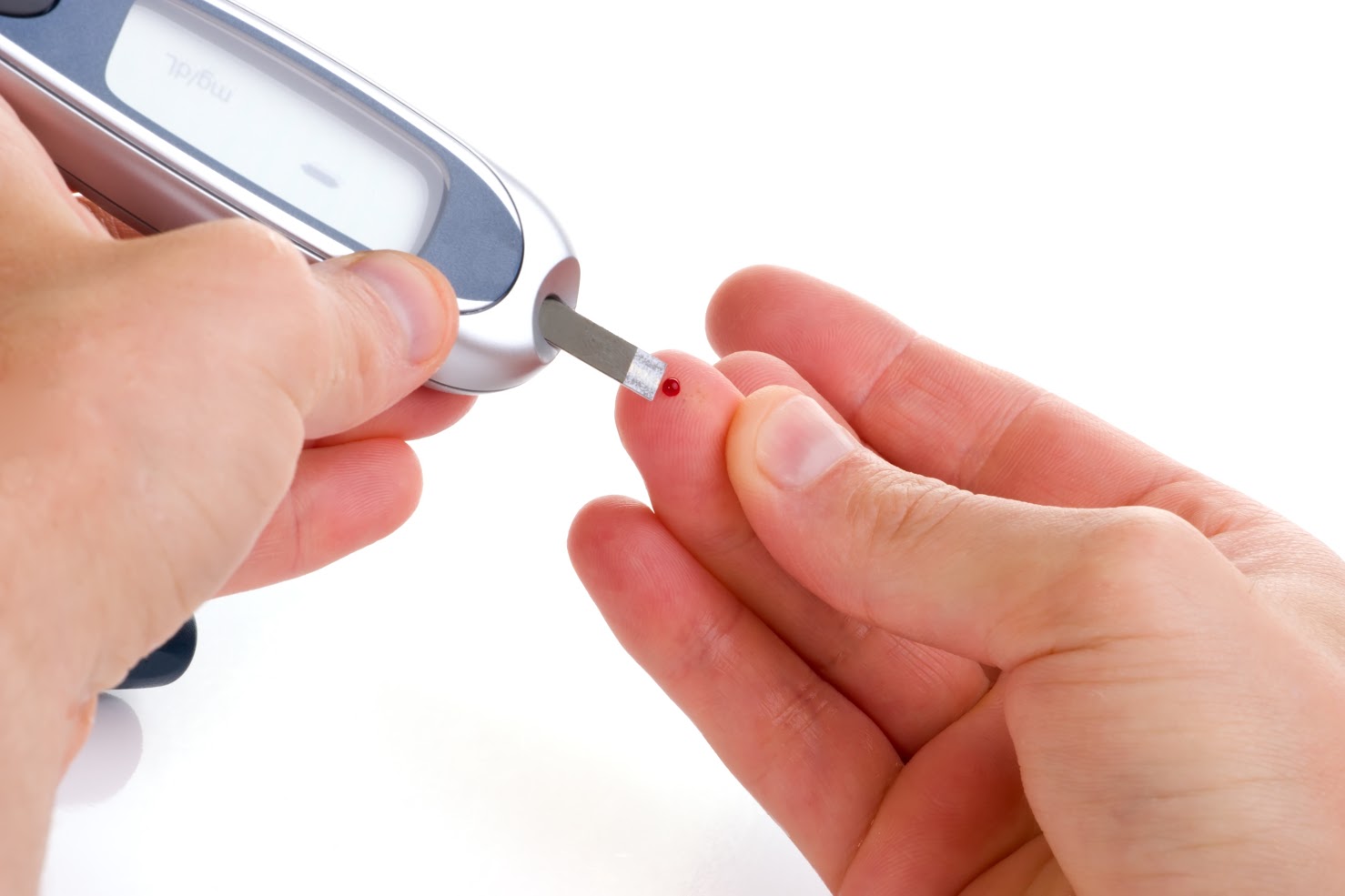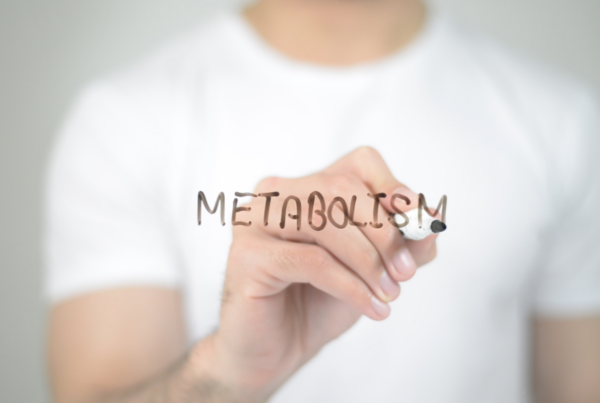
Good health depends on the ability of the body to quickly and efficiently convert glucose into energy. This process is at the heart of metabolism.
Glucose is a simple sugar. It is absorbed directly into the bloodstream. Glucose metabolism takes place in two areas of the body: the muscles and the liver. Many people who look at glucose metabolism are concerned with diabetes, so they can control their blood sugar. This takes place through 3 hormones:
- Glucagon: A hard-working hormone that comes from the pancreas and helps stabilize blood glucose levels. One of the ways it does this is by making sure the liver doesn’t absorb too much glucose, leaving the right amount for the bloodstream.
- Epinephrine: Better known as adrenaline. It’s produced by adrenal glands and certain neurons. It increases the blood flow to muscles, the heart, and impacts blood sugar.
- Insulin: Secreted by the pancreas when the blood sugar level goes up. Its job is to help the transfer of glucose into cells.
Where Metabolism Starts
The metabolism process begins with digestion. Because of the insulin receptors in the muscles and the liver, this is where the body’s Glucose metabolism is centered. After it is absorbed by the liver and muscles, glucose turns into glycogen. This is the result of glycogenesis. Glycogen remains in the liver and muscles until glucose levels go down and the body requires energy.
When Glucose Needs To Be Lowered
Glucose is a form of energy that metabolizes quickly. This is why exercise is a great way to lower glucose levels. The metabolism can take place two different ways. Aerobic metabolism involves oxygen and anaerobic metabolism which does not use oxygen. During aerobic metabolism, oxygen used comes from mitochondria in the cell.
During anaerobic metabolism, burning glucose for energy without oxygen can lead to the production of lactic acid. When levels grow too high. lactic acidosis can develop, which can lead to numerous problems we can avoid with a healthy metabolism.






